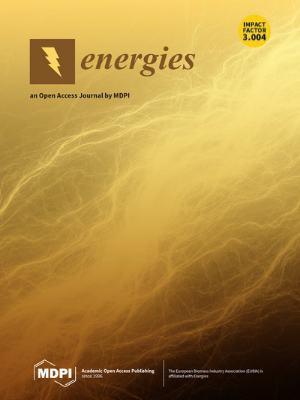基于双时特征融合和深度学习方法的新型窃电检测策略
IF 3.2
4区 工程技术
Q3 ENERGY & FUELS
引用次数: 0
摘要
为提高用电户窃电检测的准确性,本文介绍了一种基于双时标特征与深度学习方法融合的新策略。首先,考虑到双时间尺度的用电特征,本文采用带有长短期记忆(LSTM)多层次特征提取模块的时间卷积网络(TCN)(LSTM-TCN)和深度卷积神经网络(DCNN)并行提取这些尺度的特征。随后,将提取的特征耦合并输入全连接(FC)层进行分类,从而实现对盗窃用户的精确检测。为了验证该方法的有效性,我们使用了国家电网公司(SGCC)的真实用电数据进行测试。实验结果表明,所提出的方法在测试过程中实现了高达 94.7% 的检测准确率,在各种评价指标上都表现出了优异的性能。具体而言,该方法的精确度、召回率、F1 分数和 AUC 值分别达到了 0.932、0.964、0.948 和 0.986。此外,本文还与主流的盗窃识别方法进行了对比分析。在训练过程的比较中,所提出的方法在识别准确率和拟合度方面都表现出明显的优势。此外,在调整训练集比例时,建议方法的影响很小,显示了其鲁棒性。本文章由计算机程序翻译,如有差异,请以英文原文为准。
A Novel Electricity Theft Detection Strategy Based on Dual-Time Feature Fusion and Deep Learning Methods
To enhance the accuracy of theft detection for electricity consumers, this paper introduces a novel strategy based on the fusion of the dual-time feature and deep learning methods. Initially, considering electricity-consumption features at dual temporal scales, the paper employs temporal convolutional networks (TCN) with a long short-term memory (LSTM) multi-level feature extraction module (LSTM-TCN) and deep convolutional neural network (DCNN) to parallelly extract features at these scales. Subsequently, the extracted features are coupled and input into a fully connected (FC) layer for classification, enabling the precise detection of theft users. To validate the method’s effectiveness, real electricity-consumption data from the State Grid Corporation of China (SGCC) is used for testing. The experimental results demonstrate that the proposed method achieves a remarkable detection accuracy of up to 94.7% during testing, showcasing excellent performance across various evaluation metrics. Specifically, it attained values of 0.932, 0.964, 0.948, and 0.986 for precision, recall, F1 score, and AUC, respectively. Additionally, the paper conducts a comparative analysis with mainstream theft identification approaches. In the comparison of training processes, the proposed method exhibits significant advantages in terms of identification accuracy and fitting degree. Moreover, with adjustments to the training set proportions, the proposed method shows minimal impact, indicating robustness.
求助全文
通过发布文献求助,成功后即可免费获取论文全文。
去求助
来源期刊

Energies
ENERGY & FUELS-
CiteScore
6.20
自引率
21.90%
发文量
8045
审稿时长
1.9 months
期刊介绍:
Energies (ISSN 1996-1073) is an open access journal of related scientific research, technology development and policy and management studies. It publishes reviews, regular research papers, and communications. Our aim is to encourage scientists to publish their experimental and theoretical results in as much detail as possible. There is no restriction on the length of the papers. The full experimental details must be provided so that the results can be reproduced.
 求助内容:
求助内容: 应助结果提醒方式:
应助结果提醒方式:


